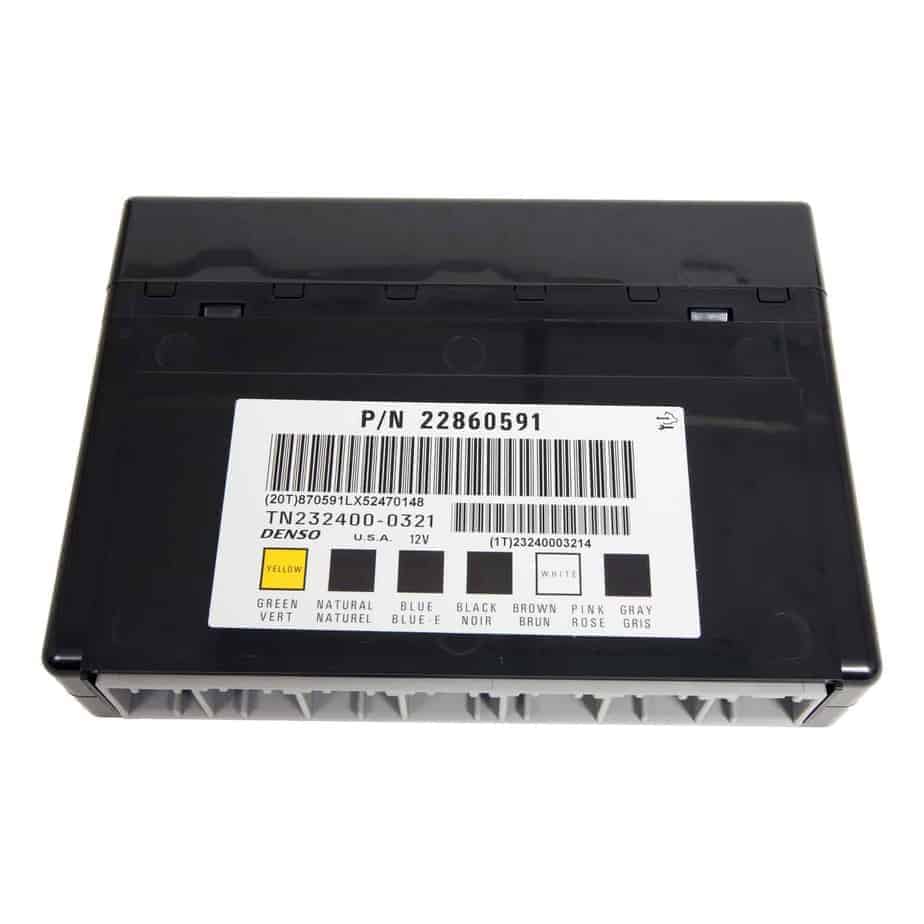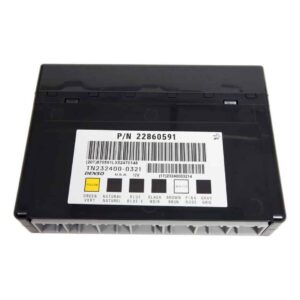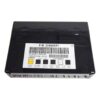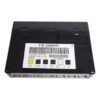Restore Your Vehicle’s Electrical System with a Reliable, Programmed BCM
Are you dealing with baffling electrical issues in your GM vehicle? Flickering dash lights, power windows with a mind of their own, or a security system that randomly prevents your car from starting? As a technician with over 20 years of experience, I’ve seen these exact symptoms hundreds of times, and they almost always point to a failing Body Control Module (BCM). The BCM is the central nervous system for your vehicle’s comfort and convenience features. When it fails, it can create a cascade of frustrating and unpredictable problems. This isn’t just an annoyance; it can affect vehicle security and safety systems.
This is your direct, hassle-free solution. We offer a genuine GM Body Control Module that arrives at your door pre-programmed to your vehicle’s specific VIN. This crucial step ensures seamless integration with your car’s existing systems, eliminating the need for an expensive trip to the dealership for programming. Simply provide your VIN after purchase, and our experts will load the latest GM software onto the module, making it ready for installation right out of the box.
A Technician’s Notebook: The Case of the Haunted Impala
A customer brought in a 2011 Impala with a list of complaints that sounded like a poltergeist had taken up residence in the dashboard. The radio would switch off, the door locks would cycle while driving, and the “Service Airbag” light was on. A scan showed a slew of U-codes, specifically a U0140 (Lost Communication With Body Control Module). While a novice might start chasing wiring issues for days, experience told me to go straight to the BCM. After confirming power and ground were good at the module, we knew the internal logic had failed. Swapping in a pre-programmed BCM like this one solved every single issue in under an hour. The customer went from total frustration to total relief, all without the high cost of dealership diagnostics and programming.
Is Your Vehicle Showing These Symptoms?
A faulty BCM can manifest in numerous ways. If you’re noticing any of the following, it’s a strong indicator that your BCM needs replacement:
- ✔ Erratic or non-functional power windows, door locks, and interior lights.
- ✔ The security or anti-theft system activates incorrectly, causing a no-start condition.
- ✔ Dashboard gauges behaving erratically or not working at all.
- ✔ Horn, wipers, or remote keyless entry functioning intermittently.
- ✔ Diagnostic trouble codes (DTCs) related to communication errors, such as U0140, U0155, or other U-codes.
- ✔ Warning lights for ABS, Airbag, or Traction Control staying on.
A Straightforward Guide to Your BCM Installation
Replacing the BCM is a manageable job for a DIY enthusiast or a quick task for any professional. Follow these general steps for a successful installation:
- Safety First: Always disconnect the negative terminal from your vehicle’s battery and wait a few minutes to ensure all systems are powered down.
- Locate the BCM: On most of these GM models, the BCM is located under the driver’s or passenger’s side of the dashboard, often near the steering column or behind the glove box. A quick search for your specific model will confirm the location.
- Disconnect and Remove: Carefully unplug the electrical connectors from the old BCM. They have locking tabs that need to be depressed. Once disconnected, unbolt or unclip the module from its mounting bracket.
- Install the New Module: Mount your new, pre-programmed BCM in the same location and securely reconnect all electrical connectors. You should hear a ‘click’ as they lock into place.
- Reconnect and Test: Reconnect the negative battery terminal. Turn the key to the ‘On’ position and test all body functions—windows, locks, lights, wipers, etc.—to confirm proper operation.
- Post-Installation Procedures: In some cases, additional steps may be needed. Please see the note below.
Important Post-Installation Note: Depending on your specific vehicle, you may need a professional scan tool to perform a “Brake Pedal Position Relearn” or an “Airbag System Sync” (also known as ‘Setup SDM Primary Key in BCM’) if related warning lights appear after installation. This ensures all safety systems are correctly calibrated with the new module.
Will This Fit My Vehicle?
This GM Body Control Module is a direct replacement for a wide range of Chevrolet, GMC, Cadillac, Buick, Pontiac, and Saturn vehicles. It is compatible with numerous part numbers, including 15880684, 25892622, 20815898, and many more. Key compatible models include:
- ✔ Chevrolet Impala, Tahoe, Suburban, Traverse, Equinox, Express Van
- ✔ GMC Acadia, Yukon, Savana Van
- ✔ Cadillac DTS, CTS, SRX, Escalade
- ✔ Buick Enclave, Lucerne
- ✔ Pontiac G8, Torrent
- ✔ And many others listed in our detailed fitment chart.
This unit replaces the following part numbers: 10382479, 15093910, 15276271, 15299986, 15819552, 15828601, 15837419, 15872388, 15872421, 15880684, 15921352, 15921353, 15948438, 15948439, 20815898, 20839063, 20864767, 20864768, 20921435, 20921436, 20935349, 22860591, 25826124, 25826125, 25847588, 25847589, 25892622, 25910474, 25934762, 25934763, 95151084.
Frequently Asked Questions
Frequently Asked Questions
What is the process for getting the BCM programmed?
It’s simple. After you complete your purchase, just send us a message with your vehicle’s 17-digit VIN. We will program the module with the latest GM software specific to your vehicle before we ship it out.
Do I need to send my old BCM back?
No. We do not require a core return for this part. You can keep your original module, which saves you the time and expense of a core shipment.
Will this fix my ‘Service Airbag’ light?
If the light is caused by a faulty BCM, this will resolve the root problem. However, after installation, the airbag system may need to be synced with the new BCM using a professional scan tool to perform the ‘Setup SDM Primary Key in BCM’ procedure. This will turn off the light.
Is this a difficult part for a DIYer to install?
For most of the compatible vehicles, the physical replacement is straightforward and requires basic hand tools. The main challenge is typically accessing the module under the dash. Our pre-programming service handles the most complex part of the job for you.
What happens if I don’t perform the brake pedal position relearn?
If your vehicle requires this procedure, skipping it could lead to improper brake light operation or issues with the traction control and stability control systems. It’s a safety-critical step that should be performed if necessary.



